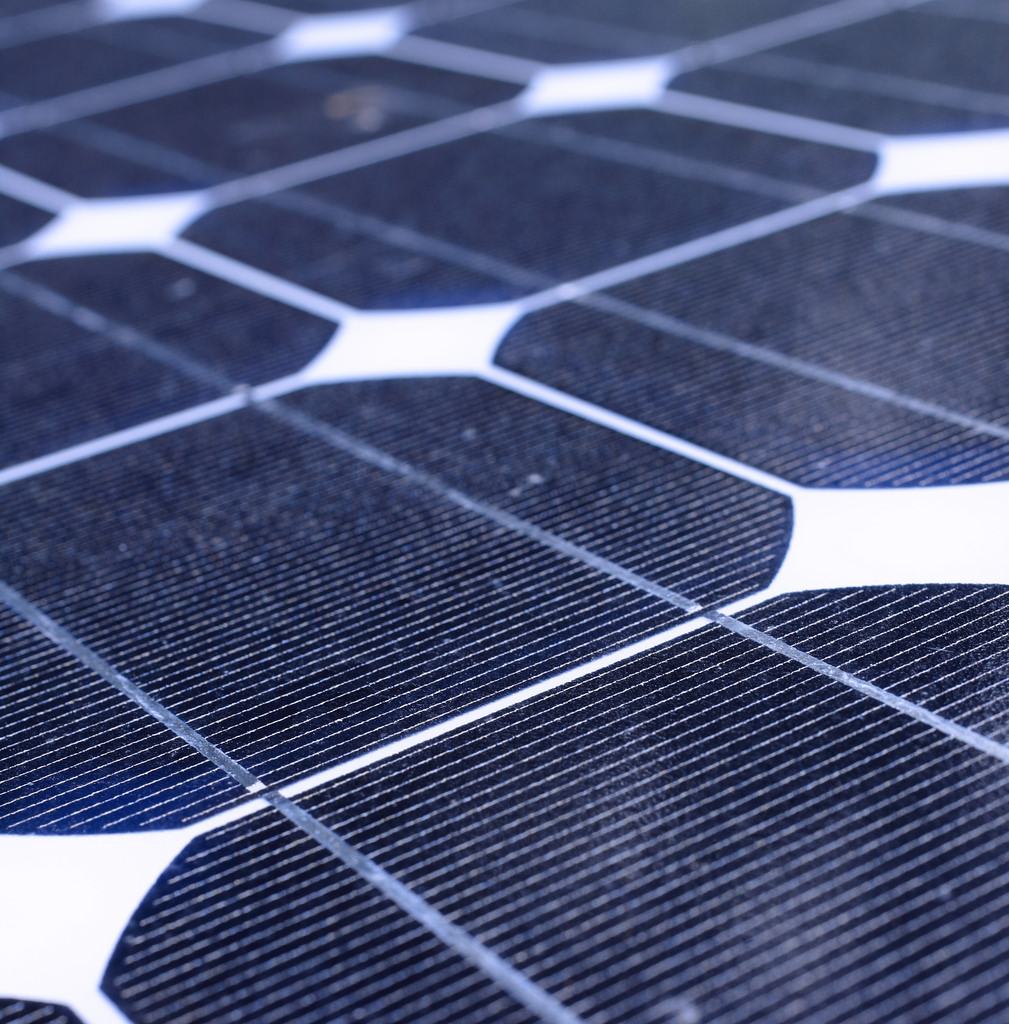February 4, 2014 – A new solar cell technology has been invented by United States Department of Energy scientists in collaboration with the University of Texas at Austin.
The cell uses an inexpensive material to capture and convert solar energy from the blue part of the light spectrum. What makes this exciting? Blue photons contain excess energy that conventional solar cells are incapable of exploiting. Instead the energy is lost as heat.
The new solar cells use a thin nanocrystalline material which they manufacture in a process called photonic curing. The material contains copper indium selenide which is used in the production of some thin-film semiconductors.
To measure the efficiency of these new solar cells the scientists looked at multiexcitons, defined as pairs containing an electron and a positively-charged partner that is referred to as a “hole.”
Up until now the most efficient solar cells convert 34% of the energy from light into electricity. Taking advantage of the excess energy from blue photons will exceed that limit dramatically.
For the solar industry this means they soon may be singing the blues and delivering a product with much greater pop, a welcome innovation.




















in general organic solar cells use exciton generation, this has the benefit that much of the excess energy is combined to create another exciton instead of being lost to heat. In particular multiple exciton generation is noteworthy here and if this can be combined with plasmonic nanoantennas then we’re talking efficiencies nearing 80-85%
[…] https://www.21stcentech.com/energy-update-solar-cells-blues-good/ […]